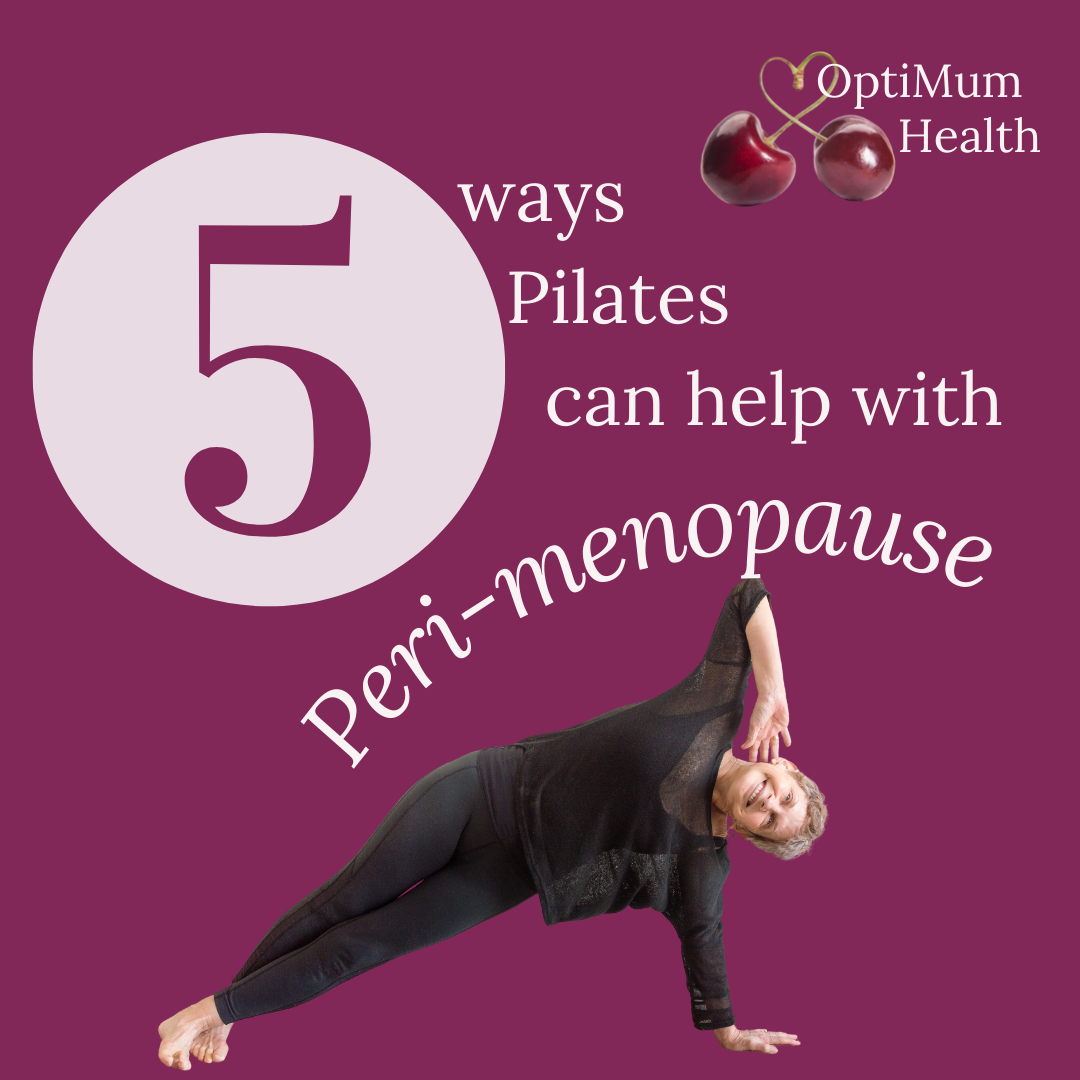“Should I do weight training or Pilates?”

It’s a brilliant question — and let’s face it, when your to-do list’s longer than your receipt from Aldi and energy levels are dancing somewhere between “meh” and “nope,” you want to spend your time wisely.
You might think, as a Pilates coach, I’d shout “Pilates all the way!” But actually… it’s not that simple.
So, which is best for you — weight training or Pilates?
Let’s take a look.
-
Why This Matters So Much in Midlife
By the time we blow out the candles on our 30th birthday cake (or switch to flamethrowers for safety), our bone density is already on the slide.
Add menopause into the mix and that decline speeds up, thanks to falling estrogen levels.
We also lose muscle — around 3–8% each decade after 30.
That rate rockets after 60.

This muscle and bone loss can lead to sarcopenia and osteoporosis, both of which love to rob us of strength, balance, and confidence.
What fights them off?
Strength training, functional movement, and decent protein intake.
Bottom line: doing nothing is not the vibe if you want to keep moving, lifting, and living well into your later years.
-
Different Goals, Different Tools
You wouldn’t use a spanner to paint a wall, right?
Same goes for exercise.
Pilates and weight training are different tools for different jobs — but both are brilliant.
Pilates: The Power of Precision
- Control: It’s all about moving one bit while stabilising the rest. Think graceful swan, not flailing octopus.
- Core strength: This isn’t just about abs — it’s about supporting your spine, reducing backache, and staying upright on frosty pavements.
- Posture: Learn to hold yourself better (so you don’t feel like Quasimodo by 3pm).
- Mobility: Bending down to tie shoelaces or paint your toes without swearing? Yes please.
- Pelvic floor connection: It’s part of your core, not just a party trick to stop you weeing when you laugh.
- Breathwork: Calm mind, calm body — and a brilliant way to stress less.
Weight Training: The Strength Superpower
- Muscle growth: It slows the muscle-loss-clock and helps shape and tone your body (no, you won’t bulk like a bodybuilder — unless you’re taking supplements and training like one).
- Strength: Everyday stuff feels easier — from carrying the dog food to lifting a wriggly grandchild.
- Bone density: Lifting weights helps you build bone, not just slow loss.
- Metabolic boost: Muscle burns more energy at rest, so strength training helps with body composition and fat metabolism.
- Health wins: Better blood pressure, cholesterol, insulin response.
- Progressive overload: A fancy phrase meaning “challenge your body a bit more each time.” Essential for long-term strength gains.

Yes, I include progressive overload in my Pilates courses too — slower moves, longer holds, magic circles of joy/hate — but weights allow you to keep pushing those boundaries in new ways.
-
What Pilates Offers
- Great for posture, core control, and moving better.
- Helps calm the nervous system and reduce stress.
- Reconnects you with your body after injury, inactivity or children (or all three).
- Especially brilliant for pelvic floor sensitivity or anyone wanting a gentler reintroduction to movement.
- Complements weight training beautifully — it’s the yin to your deadlift yang.

Pilates is the yin to your deadlift yang
-
What Weight Training Offers

- Builds lean muscle, improves body composition, and revs your metabolism.
- Helps protect your bones and muscles as you age.
- Gives you a serious confidence boost — both in and out of the gym.
Honestly? There’s something deeply empowering about lifting a weight you never thought you could. You feel unstoppable.
-
Which is Best for Me?
Here’s the secret: you don’t have to choose.
The World Health Organisation recommends strength training and balance or agility work. Weight training and Pilates aren’t rivals — they’re teammates.
Combining them gives you the best of both worlds.
If time and money are tight (whose aren’t?), my Online Pilates Library offers short, affordable sessions — some as little as 10 minutes — that complement your other workouts or stand-alone beautifully.
Weight training and Pilates aren’t rivals — they’re teammates.
-
Pelvic Floor, Please!
Let’s talk honestly — leaks happen. But they don’t have to keep happening.
- Pilates helps you find your pelvic floor, coordinate it with your breath, and integrate it into daily movement.
- Weight training helps you load your pelvic floor — safely — so you can sneeze, laugh, jump, and deadlift without panicking about pads.
Together? Absolute dream team for confidence.

Feeling a bit stuck by this one book a private free chat and let’s talk about it.
-
It’s Not All or Nothing

- Two sessions a week of each is a brilliant starting point.
- You can train at home with minimal kit (and sometimes in your PJs).
Best place to start? Be realistic about what time you have available each and every week. It could be 30 minutes, twice a week or 10 minutes, 4 times a week. Find what’s going to work for you consistently for now.
My Online Pilates Library gives you:
- Sessions from 3–60 minutes
- Technique videos and movement flows
- Breathwork-only sessions for stress relief
- Self-massage tutorials
- No specialist equipment needed
- A free 14-day trial to try it out
-
Bonus: Mindset and Confidence
Let’s be honest — the weights area in a gym can feel a bit like walking into a lion’s den.
But most of the blokes grunting over a barbell are just big puppies who’ll happily help you if you ask.
Still feel awkward? That’s why I run Ladies That Lift — private small-group sessions in Lincoln where I teach resistance training in a fun, supportive environment with no egos, no nonsense, and no judgement.

You’ll laugh, learn, lift and feel lifted.
Find out more here ——–>
Final Thoughts
Pilates and weight training both empower you in different ways — physically, mentally, and emotionally.
You don’t have to pick a side.
You just have to pick yourself.
“Start where you are. Use what you have. Do what you can.” – Arthur Ashe
You’ve got this.



Still not sure what’s best for you or where to start? You can click any of the buttons below for more information or click here to book a free chat with me.
and here are answers to questions I commonly get asked too:
FAQs: Pilates or Weight Training for Women Over 40?
Is it too late to start in my 50s (or 60s or 70s)?
Absolutely not! Women in their 70s and 80s are picking up dumbbells and discovering they can move with more ease, confidence and sass than ever. But don’t use that as an excuse to wait—you’ll feel the benefits sooner if you start now.
What if I injure myself?
Life comes with risks—so does walking in slippers on laminate flooring. A stronger, more balanced body is actually less prone to injury. And if life does chuck a wobbly your way, being fitter helps you bounce back faster—physically and mentally.
What if I can’t afford the gym or classes?
We hear you—cost of living is no joke. That’s exactly why the Online Pilates Library exists: low-cost, flexible, and with a 2-week free trial. No fancy kit needed, no commute, no Lycra if you don’t fancy it.
️ How many times a week should I do weight training?
At least twice is ideal. Once is still blooming brilliant. Start with what you can stick to—consistency over perfection every time.
How many times a week should I do Pilates?
Depends on your goals. But even 10 minutes a day can make a huge difference—especially when it becomes part of your daily movement habits. That’s why my Online Pilates Library includes short, doable sessions that fit into real life (yes, even the ones with laundry mountains).
⏱️ How long should a weight training session last?
It depends on your goals and energy levels. If you’re new, 30 minutes twice a week is a solid start. No need to beast yourself—progress happens through consistency, not collapse.
️ Do I have to do an hour of Pilates?
Nope! Who wrote that rule anyway? Pilates works its magic even in short bursts. Some sessions in the Online Pilates Library are just 3–10 minutes long—perfect for busy days or brain-fog moments.
Is it better to exercise in the morning or evening?
Whatever fits your lifestyle and your mood. Morning people, go for it. Night owls, stretch it out after tea. If your pelvic floor prefers one time of day over another—listen to it! (It knows stuff.)
Will lifting weights make me bulky?
Unless you’ve got a secret stash of testosterone, highly unlikely. What you will notice is a firmer shape, better posture, and a confidence boost that’s hard to beat.
Can Pilates help with pelvic floor issues?
Yes! Pilates helps you find your pelvic floor, connect to it, and support it through breath and movement. It’s not just about stopping leaks—it’s about reclaiming confidence.
️♀️ Can I still lift weights if I’ve got pelvic floor concerns?
You absolutely can—with the right technique. Learning to load the body safely is actually one of the best ways to support your pelvic floor, so you can sneeze, lift and laugh without fear (or pads). Still not sure, book a free initial call with me here and let’s talk it through.
I feel intimidated by gyms—is that normal?
Totally. Many women feel the same. That’s why I run Ladies That Lift—small group sessions in a private studio to help you build strength and confidence in a safe, supportive space. No grunting men, no pressure, no feeling daft.
Final Word?
You don’t have to choose either/or—Pilates and weight training are like the Ant & Dec of midlife fitness: stronger together.
Want to start small?
Try the Online Pilates Library – with sessions as short as 3 minutes and a 2-week free trial. Because something is always better than nothing.

